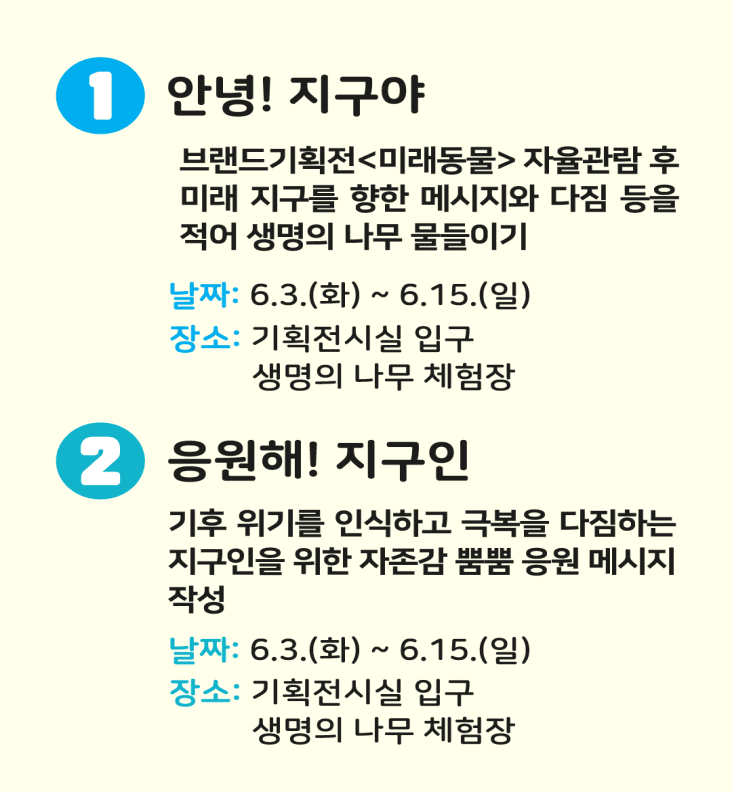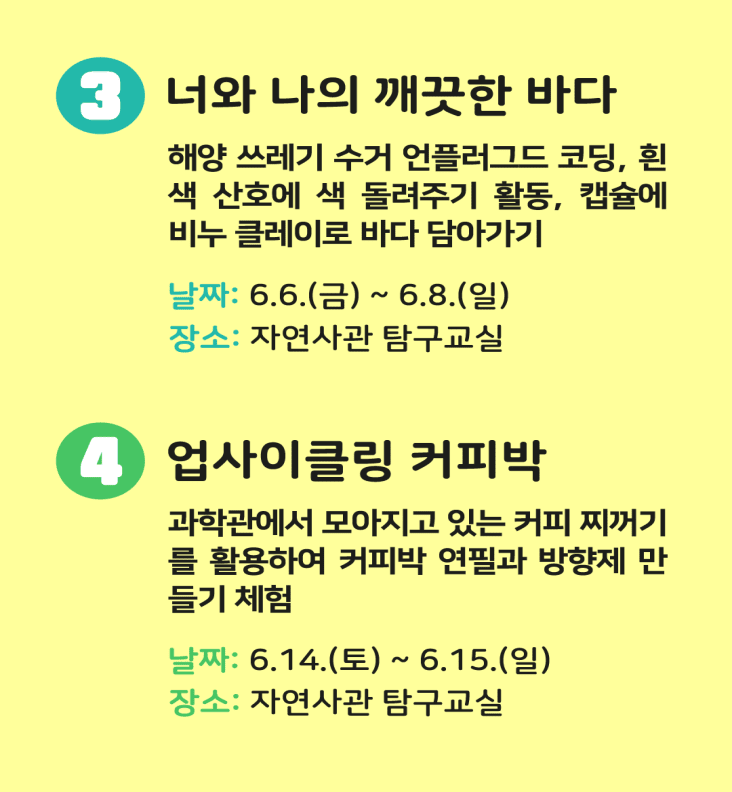“`html
The National Gwacheon Science Museum announced that it will operate the “Hello Earth” environment event week from June 3 to 15, in celebration of World Environment Day (June 5) and Ocean Day (June 8). The event will run for 12 days, excluding the regular closure day on Monday (June 9), offering a variety of experiential programs.

This event is designed to provide an opportunity to reflect on the Earth’s ecosystem and imagine the future environment. It is being conducted in conjunction with the exhibition “Future Animals: Life Beyond Mass Extinction,” which has been running since April 25.
Featured programs include the “Hello Earth” experience, where participants attach messages on overcoming the climate crisis to the “Tree of Life,” and the “Cheer Up, Earthlings!” activity. Participants can write down their thoughts after viewing the exhibition and attach these to the tree or exchange them with other participants. This activity is continuously available at the entrance of the exhibition hall.
In the Natural History hall, the unplugged coding experience “You and I, Clean Sea” will focus on the coral bleaching phenomenon. Participants will restore coral colors and create plastic containers with soap clay, experiencing the seriousness of marine litter. This program is conducted in the Natural History Study Room, with priority given to online reservations.
There is also an “Upcycling Coffee Ground” experience prepared, which uses coffee grounds collected by the museum itself. Participants can take part in making pencils with coffee grounds, and this program takes place on June 14 and 15 at 1:30 PM and 3:00 PM, lasting 60 minutes each. The participation fee is 3,000 won, and prior online registration is required.
Han Hyung-joo, director of the National Gwacheon Science Museum, stated, “This event aims to reflect on our responsibilities and roles towards nature and strengthen our role as a scientific culture platform for a sustainable future.”
Details on the schedule and participation methods for each program can be found on the National Gwacheon Science Museum website.


“`